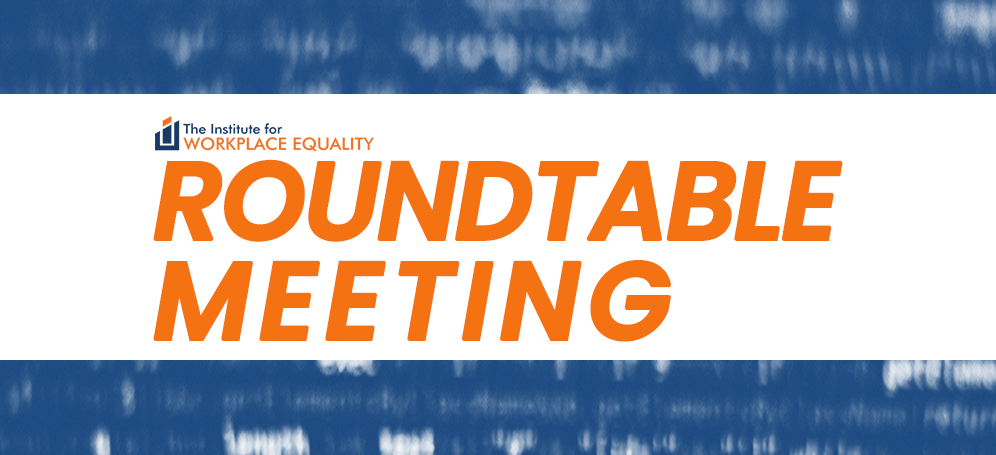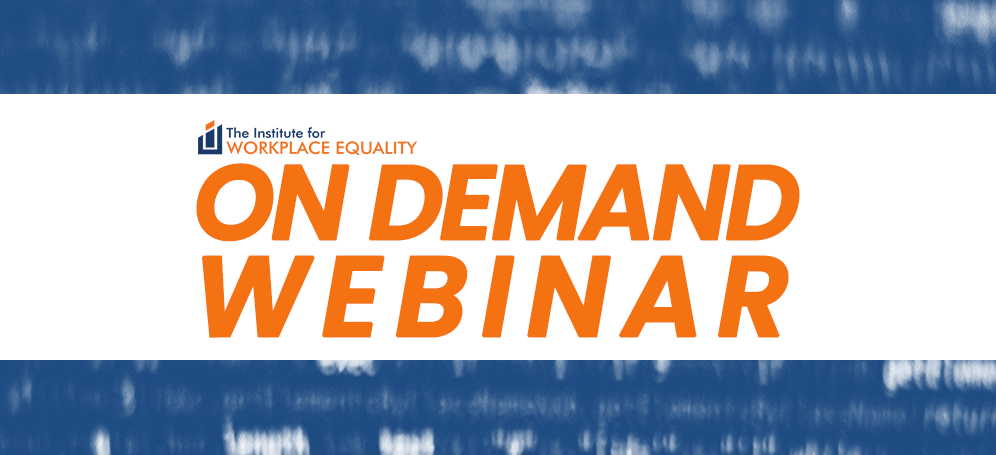Recorded Webinars
Analyzing Performance Appraisal Ratings – Do your systems have adverse impact?

September 9, 2015
Federal contractors are familiar with the role of performance measurement in making a wide range of employment decisions. When performance measures such as supervisor ratings or objective metrics are used to make employment decisions regarding promotions, merit increases, bonuses, and terminations, such measures can be considered a “selection procedure” under the Uniform Guidelines on Employee Selection Procedures (1978). In the context of OFCCP enforcement, performance measures can often play an important role in valid EEO pay analyses if they are related to compensation outcomes and are a legitimate factor predicting pay. However, those of you that have been audited by OFCCP may also be familiar with the agency’s allegation that performance ratings can be “tainted” by discrimination and as such may not be appropriate as a legitimate factor explaining pay in a regression equation. Defending such an allegation is often a complicated issue requiring sophisticated statistical analyses and strategy.
OFCCP’s Notice of Proposed Rulemaking (NPRM) for the long-awaited revisions to the Sex Discrimination Guidelines (RIN 1250-AA05) includes some interesting ideas related to performance ratings, both in the context of disparate treatment and disparate impact. Given this scenario, the OFCCP Institute is hosting a webinar focusing on adverse impact and job-relatedness considerations related to performance measurement. The webinar will include discussions on the following:
An overview of performance measurement systems
Hot topics from the popular press
A review of what the anticipated Sex Discrimination Guidelines propose regarding performance measurement
Basic statistical concepts for measuring adverse impact in performance
Job-relatedness considerations
Tainted variable issues
Strategies for enhancing the usefulness and defensibility of your performance measures
Recent Videos
MEMBER ROUNDTABLE
June 2025
ON DEMAND WEBINAR
Breaking Barriers to Equal Opportunity: Mastering EEO Barrier Analysis
TAKE 5
Immigration Challenges for Employers
TAKE 5
California Pay Data Reporting: Updates & Key Changes for 2025
ON DEMAND WEBINAR
Let’s Talk DEI with EEOC
Commissioner Andrea Lucas




